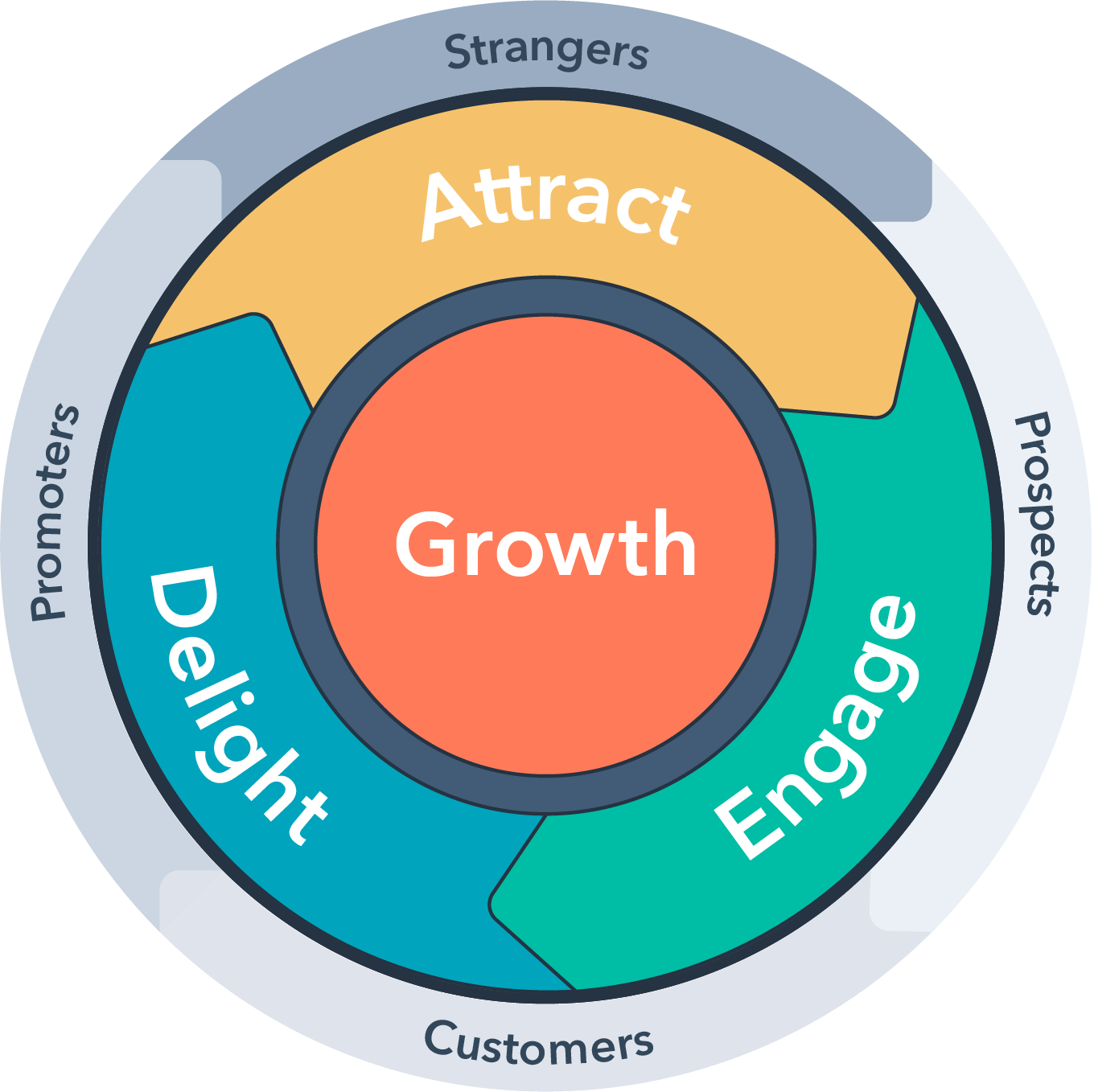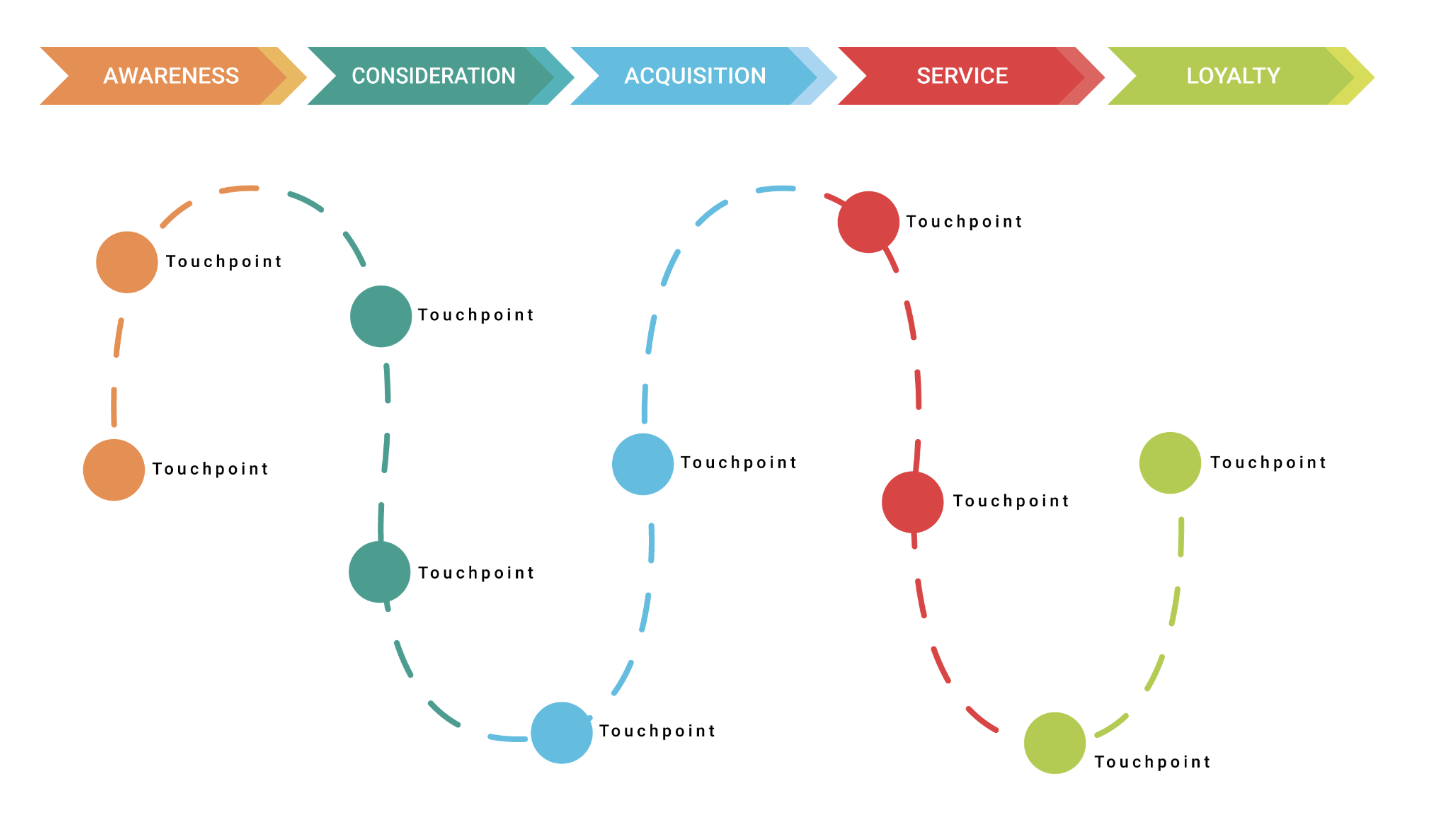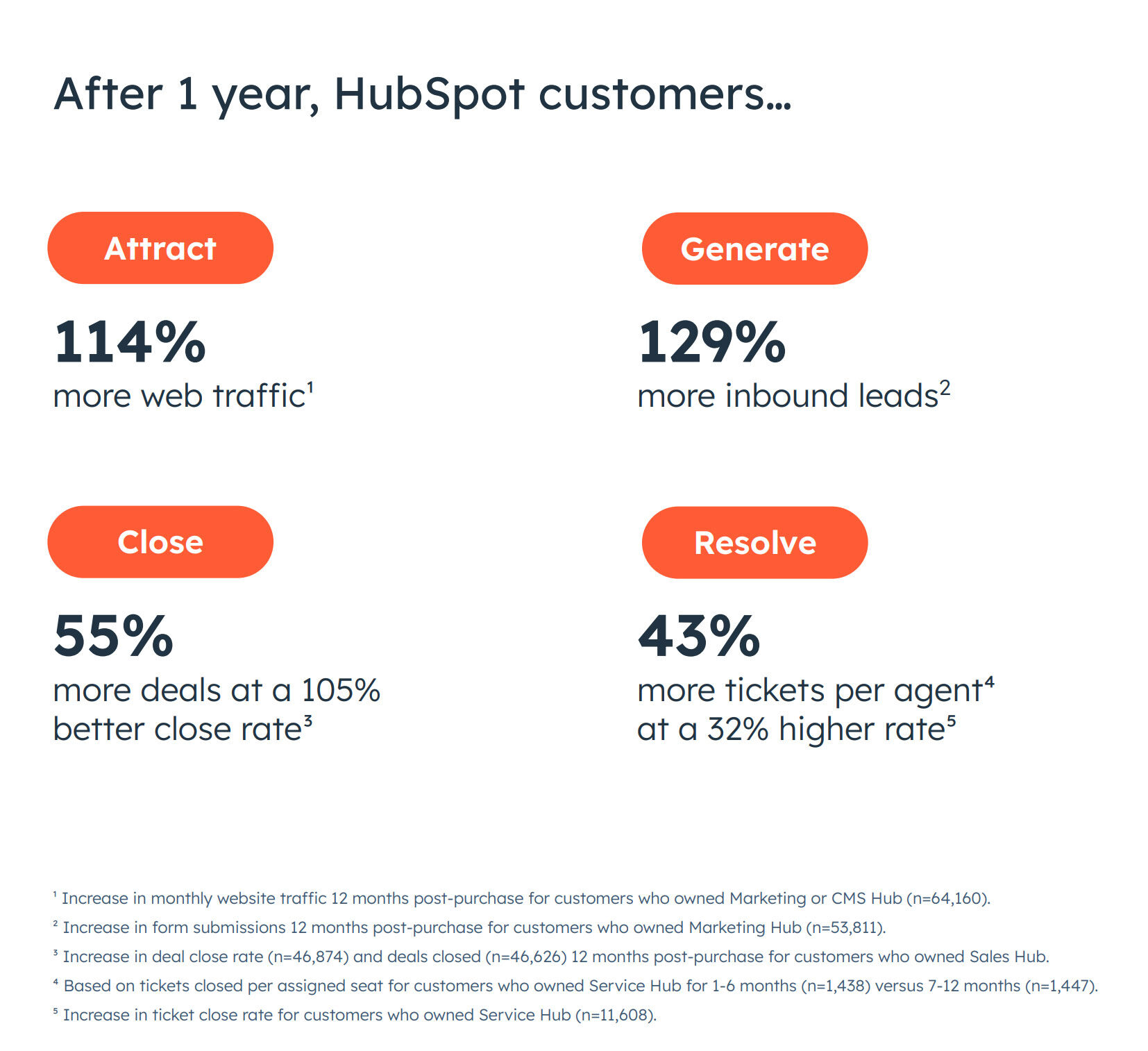What if you could magnetize your business to draw in customers naturally? Enter the inbound methodology, an organic approach to attract, engage, and delight your audience using a synergy of SEO, content marketing, and customer-centric practices.
It’s a powerful contrast to traditional advertising’s disruptive techniques. This article unpacks the inbound framework, giving you actionable insights to turn strangers into promoters, without overwhelming you with jargon or pushing sales pitches.
Key Takeaways
-
Inbound marketing is a customer-centric approach that revolves around attracting, engaging, and delighting consumers, utilizing content marketing as its core component to provide valuable and relevant content to the target audience.
-
Effective inbound marketing strategies employ various digital tools for each stage of the buyer’s journey, including SEO for attracting prospects, CRM and email platforms for nurturing leads, and analytics for ongoing improvement and alignment with customer feedback.
-
The shift from a traditional sales funnel to a flywheel model reflects the evolving nature of inbound marketing, promoting an interconnected cycle of customer interactions that enhances customer satisfaction and drives growth by focusing on creating a remarkable customer experience.
Exploring the Core Pillars of Inbound Marketing

Inbound marketing is built upon three core pillars: Attraction, Engagement, and Delight. These stages, represented in a flywheel model, underscore a continuous process of customer interaction.
Central to this model is content marketing, which seeks to provide solutions to solve the problems and assist the target group of audiences in achieving their goals through both valuable content and relevant content.
The Attract Phase: Drawing in Your Ideal Customer
The Attract Phase in inbound marketing is all about attracting customers drawing in your target audience. This is achieved using:
-
SEO best practices to optimize your business website
-
Creating tailored content that resonates with your audience’s needs and preferences
-
Leveraging influencer outreach to increase visibility and engagement.
The Engage Stage: Nurturing Leads and Building Trust
Building trust build relationships is a result of nurturing relationships through two-way conversations. This is facilitated by inbound-centric marketing by using relevant information, providing value and addressing the individual queries of leads.
The Engage Stage allows potential customers to learn about products or services and is an opportunity to address their readiness to respond to content that fits their needs and questions at that specific time.
The Delight Phase: Turning Customers into Promoters
The Delight Phase in this stage of the inbound flywheel is designed to turn existing customers into advocates by providing outstanding customer service or experiences. Building strong customer relationships is essential for establishing brand trust and credibility, which are key components of inbound marketing increases visibility creating advocates for the brand.
Inbound Marketing Tools for Every Stage of the Buyer's Journey

Inbound marketing leverages on three fundamental techniques: content marketing, social media, and search marketing. These techniques are supported by capabilities typically offered by inbound marketing platforms, such as social media engagement, inbound email marketing outreach, CRM integration for lead tracking, and search optimization tools.
Inbound marketing increases visibility, making it an essential strategy for businesses looking to grow their online presence. In fact, inbound-centirc marketing works wonders in attracting potential customers and generating leads, while traditional outbound marketing plays a complementary role to inbound methodology by creating content and using relevant keywords for reaching outbound a wider audience.
Content Creation Tools for Attracting Prospects
There are various tools designed to assist with content creation for attracting customers and prospects in inbound marketing. These support the development of blogs, infographics, and videos. Content creation platforms like Medium allow authors to publish articles that drive traffic back to their website or blog, while tools like Wistia specialize in video content to enhance engagement nurture leads with data-driven videos.
CRM and Email Platforms to Nurture Leads
CRM systems and email marketing platforms are crucial for managing client interactions and nurturing leads throughout the sales process. Often companies fail to avoid the pitfalls of CRM migrations, when rushing the migration process.
Automation, targeted campaigns, and analytics are key features offered by specialized CRM systems and by inbound email marketing platforms to support both lead generation and nurturing.
Analytics and Feedback Instruments for Continuous Improvement
Continuous improvement is crucial for inbound success, involving regular analysis of performance and data-driven adjustments to marketing strategies.
Tools like Google Analytics enhance content performance tracking across different inbound marketing campaigns.
Implementing an Effective Inbound Marketing Strategy

Implementing an effective inbound methodology requires a clear understanding of the desired outcome, which is to support potential customers at any stage of the sales cycle.
The multi-step inbound marketing strategies aim to attract new prospects and guide them through the purchase process, as well as to keep them engaged with the business for the long term. These traditional outbound marketing strategies focus on capturing and nurturing leads to drive sustained customer engagement.
Identifying and Understanding Buyer Personas
Creating detailed buyer personas is a strategic step in targeting the most suitable customers for inbound marketing campaigns. This process involves research, surveys, and interviews with customers, prospects, and outside contacts to create comprehensive buyer persona profiles by specific keyword.
Developing a Content Roadmap
Content is the key ingredient connecting each individual area of inbound marketing focuses the inbound market and methodology, providing educational content or emotional value to prospects. Utilizing different types of content and communication approaches at each stage of the inbound marketing flywheel helps engage target audiences more continuously.
Aligning Sales and Marketing for Seamless Execution
Aligning sales and inbound marketing works is crucial to prevent friction and promote a unified approach to the inbound marketing and sales processes. Seamless execution between each stage of the inbound sales team and outbound marketing, ensures a cohesive approach, benefiting the overall inbound marketing efforts.
The Evolution of Inbound: From Sales Funnel to Flywheel
The flywheel model adapted by the company HubSpot explains the momentum gained by marketers when an all company or organization aligns around marketers delivering a remarkable client experience, serving as an alternative to the traditional sales funnel in inbound marketing.
The Dynamics of the Inbound Flywheel
The flywheel model includes three phases: attract, engage, and delight customers.
During the engage phase of the flywheel model, various tactics are used, including:
-
Website and email personalization
-
Database segmentation
-
Marketing automation
-
Lead nurturing
These tactics help to engage and build lasting relationships with customers.
Integrating the Flywheel into Your Inbound Strategy
Incorporating the flywheel into an inbound methodology enhances a company’s focus on key aspects of customer engagement, leading to improved satisfaction and increased retention rates. Proper application of the flywheel concept within inbound marketing leads to a self-reinforcing system where high client satisfaction drives growth and smoothes out the transition between inbound marketing efforts and sales.
Advancing Your Inbound Efforts with Multichannel Marketing

Multichannel marketing in inbound strategies targets customers across various platforms, including digital marketing, leading to optimized reach and engagement.
Implementing multichannel marketing allows businesses to extend their reach to customers across various digital marketing channels, increasing the potential for higher visibility and engagement with target audiences.
Leveraging Social Media to Enhance SEO Value
Social media feedback such as:
-
likes
-
shares
-
comments
-
saves
Understanding which content resonates with audiences on one platform can contribute to search engine optimization efforts by indicating content relevance and user engagement. Engagement on social media platforms can lead to an increase in brand searches on search engines, which in turn drives higher organic traffic to the first landing page or all landing pages anywhere on a brand’s website.
Combining Content Marketing with Influencer Outreach
Leveraging influencers in long form content digital influencer marketing and campaigns can:
-
Substantially amplify content visibility and reach by making use of the influencers’ pre-established follower base
-
Lead to increased message credibility
-
Allow brands to engage with specific audience segments more directly and effectively.
Measuring the Impact of Your Inbound Marketing Campaign

Measuring the Return on Investment (ROI) is essential for determining the success of inbound marketing campaigns and ensuring alignment with business objectives. * Inbound marketing campaign ROI considers not only direct financial outcomes like lead-to-customer conversions and average sales price, but also non-financial gains such as audience growth, social media engagement, and customer trust.
Utilizing Analytics to Track Progress and Make Adjustments
Understanding the effectiveness of inbound marketing campaigns is integral to their success, requiring consistent tracking of results and measurements to identify high-performing strategies. To effectively monitor campaign performance, marketers can employ tools such as UTMs for social posts, tracking URLs, and analytics dashboards that centralize data and allow for in-depth analysis of specific metrics.
Learning from Customer Feedback to Refine Strategies
Gathering customer feedback is crucial for refining your inbound methodology and enhancing aspects of customer journey like brand awareness and customer trust. Learning from customer feedback can inform improvements to inbound methodology and adjustments to outbound marketing strategies, ensuring that businesses are always meeting their customers’ needs and expectations.
Flywheel Summary

In conclusion, inbound marketing represents a very cost effective and powerful strategy for businesses to attract, engage, and delight new customers. Through strategic content creation, search engineoptimization visual content,, multichannel marketing, and effective use of analytics, businesses can drive growth and create a loyal customer base.
Frequently Asked Questions
What are the core pillars of inbound marketing?
The core pillars of inbound marketing are the Attract, Engage, and Delight stages of buyer's journey, representing a continuous process of customer interaction. They form the foundation of a successful inbound marketing strategy.
How does inbound marketing attract customers?
Inbound marketing for marketers attracts customers by using SEO optimized websites, tailored content, and using influencer marketing and outreach to create and resonate with the company and audience's needs and preferences. This can result in higher engagement and lead conversion.
What is the role of content in inbound marketing?
Content plays a crucial role in inbound marketing by providing value to prospects site visitors and connecting different stages of inbound marketing methodology to each stage of the inbound methodology. It is valuable content is the key ingredient for success in inbound marketing.
How does the flywheel model work in inbound marketing?
In inbound marketing, the flywheel model works by attracting, engaging, and delighting customers, who then contribute to the company' momentum through referrals and repeat sales. This creates a continuous cycle of both business growth, and customer satisfaction.
How does multichannel marketing enhance inbound marketing?
Multichannel marketing enhances inbound strategies by broadening the reach and engagement with outbound customers across different platforms, ultimately increasing visibility and engagement potential inbound leads.

